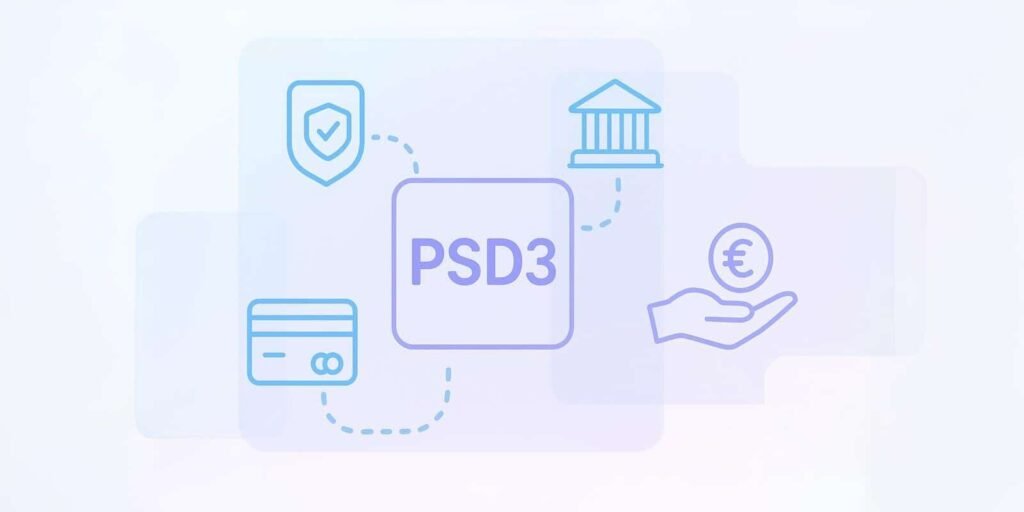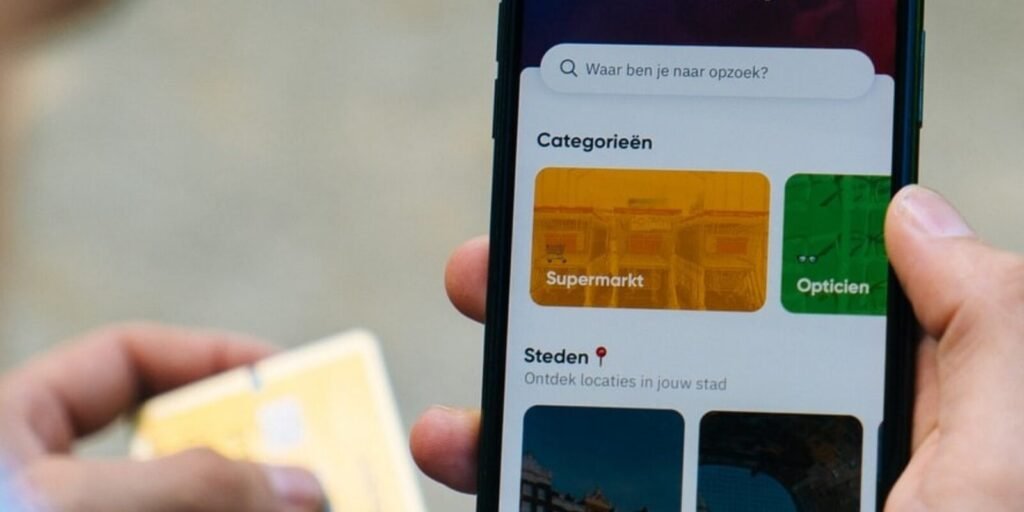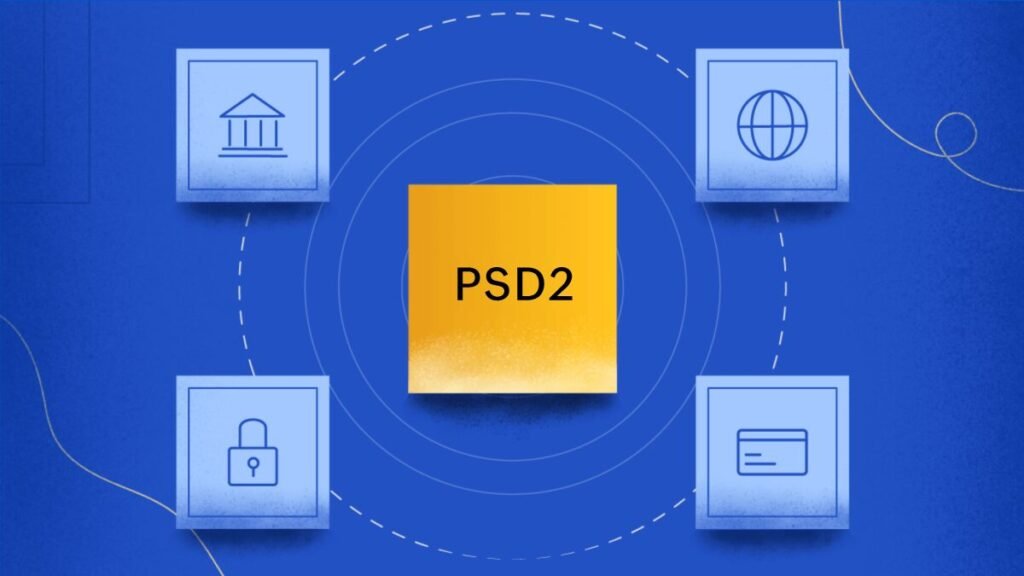Introduction
The Payment Accounts Directive (PAD) is one of the most significant system introduce by the European Union to create justice, lucidity, and equal access to payment military across member state. In today’s digital wealth, access to reliable and reasonable payment account is crucial for persons, business, and culture as a whole. The instruction sets out common rules that ensure consumers can open basic bank accounts, compare fees, and switch provider more easily—no stuff which EU state they live in.
By standardize how payment military operate, the instruction removes pointless barrier, protects consumers, and strengthen rivalry between banks. This not only payback customers who want clarity and justice but also push financial institutions to become more competent and customer-friendly. In this article, we’ll explore the Payment Accounts Directive in depth, its main objectives, benefits, execution, challenge, and its role in shaping the financial military countryside.
Table of Contents
What Is the Payment Accounts Directive?
The Payment Accounts Directive (2014/92/EU), adopt in 2014, is an EU law intended to improve lucidity, comparability, and convenience of payment accounts across affiliate states. It ensure that all EU populace have the right to open a basic payment account, even if they don’t have eternal custody in that kingdom.
Key skin of the command
- Transparency of cost: Clear information about charges connected with payment account.
- Comparability tools: Consumers can compare fees and services easily.
- switch accounts: basic process for touching from one bank to a different.
- Right to basic accounts: Every EU citizen has the right to open and use a payment account with essential features.
Why Was the Payment Accounts Directive Introduced?

The directive was introduced to solve three major problems:
- Financial leaving out: Millions of EU population did not have entrance to basic bank accounts.
- Lack of lucidity: clientele often found it difficult to appreciate fees or contrast bank charge.
- Low competition: Complex switch process dejected customers from changing banks, dipping contest.
By address these issues, PAD intended to generate a fairer, more competitive, and inclusive banking system crosswise Europe.
Objectives of the Payment Accounts Directive
1. Ensure Access to Basic Banking
The instruction guarantee that every EU inhabitant can open a basic payment description regardless of their monetary state or nationality status.
2. Increase clearness
Banks must evidently explain fees in consistent papers, helping customers appreciate outlay better.
3. augment Comparability
sovereign contrast websites and normal fee language make it easier for consumers to prefer the best bank.
4. Facilitate Account Switching
A matched account-switching process allows patrons to change provider with smallest effort.
Who payback from the Payment Accounts Directive?
Consumers
- Easier to understand account fees.
- Right to open accounts across EU borders.
- basic switch saves time and change.
bank and Financial institution
- amplified trust from consumers.
- Clearer framework reduces disputes.
- Healthy competition encourages innovation.
Society
- Reduced financial exclusion.
- More economic participation.
- Stronger financial integration across Europe.
Scope of the Directive
The PAD applies to payment accounts used for daily transactions, such as:
- Depositing funds.
- Withdrawing cash.
- Making credit transfers.
- straight debit and card payments.
It does not cover particular account such as speculation portfolio or savings-only account.
Core Rights Under the Payment Accounts Directive

1. Right to a Basic Payment Account
Every EU resident, including migrants and low-income individuals, can open a payment account.
2. Right to Fee Transparency
Banks must give consumers with a Fee Information Document (FID) before description chance and a Statement of Fees (SOF) annually.
3. Right to Compare Accounts
Consumers can access independent comparison websites, often regulated by authorities, to evaluate account features.
4. Right to Switch Accounts Easily
Banks must handle all administrative steps when a customer wants to switch providers.
How the Directive Improves Transparency
| Transparency Tool | Description | Benefit to Consumers |
| Fee Information Document (FID) | Standardized pre-contract document listing fees. | Helps compare costs before opening an account. |
| Statement of Fees (SOF) | Annual overview of fees charged. | Improves financial awareness. |
| Comparison Websites | Independent online platforms. | Easy side-by-side evaluation. |
Account Switching Under PAD
Switching accounts was previously complex and discouraging. The directive now requires banks to:
- Transfer standing orders, direct debits, and credit transfers.
- Ensure no interruption in payment services.
- Complete the process within a maximum of 12 business days.
This promotes greater competition and ensures customers are not “locked in” with one provider.
The Right to Basic Payment Accounts
A basic payment account includes services such as:
- Deposits and withdrawals.
- Debit card for payments.
- Execution of credit transfers, including online banking.
Who Cannot Be Refused?
- Migrants legally residing in the EU.
- Individuals with no permanent address.
- Citizens with poor credit history (as long as no fraudulent behavior exists).
Implementation Across EU Member States
The instruction required EU country to transpose the law into national legislation by 2016. Each state had some litheness in finishing, but the core rules remain reliable.
Examples:
- Germany: Expanded its consumer protection framework.
- France: Strengthened fee comparison tools.
- Spain: Improved access for non-residents.
Payback of the Payment Accounts Directive

For Consumers
- Clearer information about fees.
- More choice and better competition.
- Greater financial inclusion.
For Banks
- Simplified regulations across the EU.
- Stronger consumer trust.
- Push to innovate and improve digital services.
Challenges in completion
although its achievement, the instruction faced challenge:
- Low alertness: Many consumers were ignorant of their rights.
- Variation in enforcement: Some country implement rules more severely than others.
- Digital divide: Not all customers can use online contrast tools.
The Directive and Digital Banking
The increase of fintech companies and digital banks has made PAD even more pertinent. customers today want clearness and easy switch, which aligns with digital-first bank.
Banks are increasingly offering:
- Mobile account switching.
- Fee comparison apps.
- Digital-only basic payment accounts.
Payment Accounts Directive vs. PSD2
The Payment Accounts Directive (PAD) and Payment Services Directive 2 (PSD2) are diverse but balancing.
| Directive | Focus | Key Benefit |
| PAD | Access, transparency, comparability | Ensures fair and clear payment accounts |
| PSD2 | safety, open banking, novelty | enable third-party provider and safe online payments |
jointly, they strengthen Europe’s financial system for both customers and business.
Future of the Payment Accounts Directive
The directive is expected to evolve further, especially with growing demand for digital financial inclusion. Key focus areas include:
- More consumer education.
- Stronger enforcement of fee transparency.
- Integration with fintech innovations.
Why Was PAD Needed?
facing PAD, several issue made bank difficult for patrons:
- Financial exclusion: migrant, low-income group, and people without enduring address often faced rejection.
- unseen fees: Bank charge varied broadly and were not obviously explained.
- Lack of opposition: Difficult switch process meant people wedged with their obtainable bank even if better option exist.
By tackle these challenge, PAD meant to build trust in the financial system and hearten greater rivalry amongst banks.
Objectives of the Payment Accounts Directive
1. Access to Basic Accounts
Every EU resident has the legal right to open and function a basic payment account, despite of their income, dwelling, or service status.
2. advance clearness
Banks must present clientele with clear, consistent papers about fees and military.
3. Facilitate comparison
sovereign, government-approved contrast websites help customers evaluate diverse account side by side.
4. Support Account Switching
Banks must handle the transfer of standing orders, direct debits, and funds within strict deadlines when a customer wants to change providers.
Rights Guaranteed Under PAD
Right to Basic Payment Accounts

customers cannot be denied a basic relation unless they are concerned in fraud, money launder, or violence finance.
Right to Transparent Fees
Banks must issue:
- Fee Information Document (FID): Explains charges before an account is opened.
- Statement of Fees (SOF): Annual report showing actual costs paid.
Right to Compare Accounts
customers should be able to admission official comparison tools that show fees, military, and skin in a accessible way.
Right to Switch Easily
relation switch must be complete within 12 working days, with the new bank running most of the organizational tasks.
clearness and Comparability
| Tool | Purpose | Benefit |
| FID | Lists all possible fees before signing | Helps compare accounts |
| SOF | Annual summary of costs | Improves financial awareness |
| contrast Websites | sovereign, state-approved | provide balanced evaluations |
These actions make bank easier, clearer, and more consumer-friendly.
Account Switching Simplified
PAD makes sure that switching banks is:
- Fast: Completed within 12 business days.
- Hassle-free: The new bank contacts the old bank and manages transfers.
- Secure: Payments continue without interruption.
This change forces banks to compete more fairly, as customers are free to move to better offers.
Who Benefits from the Directive?
Consumers
- Right to a basic account.
- Greater clarity about fees.
- Easier to find affordable services.
Banks
- Improved consumer trust.
- Level playing field across Europe.
- Encouragement to innovate in digital banking.
Society
- Reduced financial exclusion.
- Stronger participation in the digital economy.
- Better cross-border integration of services.
PAD and Financial Inclusion
One of PAD’s most significant contributions is tackling financial exclusion. Groups such as:
- Migrants,
- People without fixed addresses,
- Individuals with poor credit history,
can now open accounts and participate in society more fully. This strengthens both social and economic development.
Implementation in EU Member States
The instruction become enforceable in 2016. While each country had flexibility, the main rules were applied consistently.
Examples of National Implementation
- Germany: Expanded consumer protection with stricter rules on transparency.
- France: Launched fee comparison websites.
- Italy: Simplified switching procedures.
Though the impact has been positive, some countries reported low consumer awareness about their new rights
Challenges face
Low Public alertness
Many nation still do not know they have the right to a basic report.
difference in Enforcement
Some associate states inflict PAD more severely than others, creating inconsistency.
Digital Divide
Not all consumers are comfortable using online comparison tools or mobile banking.
PAD and the Digital Banking Revolution
With the rise of fintech firms and mobile-first banks, PAD remains highly relevant. Consumers want:
- Transparent online fee comparisons.
- Easy digital account switching.
- Access to basic accounts without visiting a branch.
The directive supports these changes by promoting digital-friendly regulation.
Comparing PAD with PSD2
| Directive | Focus Area | Outcome for Consumers |
| PAD | Access and transparency | Right to open accounts, clear fees, easy switching |
| PSD2 | refuge and open bank | Safer payments, third-party provider, novelty |
jointly, PAD and PSD2 figure a fair, safe, and modern financial ecosystem.
Payback of the Payment Accounts Directive
For Consumers
- No more hidden charges.
- Easier access to essential services.
- Improved ability to choose affordable accounts.
For Banks
- Greater customer trust.
- Standardized framework reduces disputes.
- Pressure to innovate digitally.
For the Economy
- Stronger cross-border integration.
- More inclusive growth.
- Competitive financial services sector.
The Future of PAD
The directive will persist to evolve flanking new trend like digital banking, fintech growth, and open finance. area of focus comprise:
- Better consumer education about rights.
- Integration with AI-driven comparison tools.
- Enhanced digital inclusion for vulnerable groups.
Why Was It Introduced?
Before PAD, three major issues existed in the EU:
- Financial barring: Millions had no admission to bank.
- Lack of lucidity: customers could not easily evaluate bank fees.
- Limited competition: Difficult switching processes discouraged movement between providers.
The directive was introduced to solve these problems and create a fairer financial environment.
Key Rights Under the Directive
1. Right to a Basic Account
Any EU resident, including migrants and people without a permanent address, can open a basic payment account.
2. Right to Transparent Fees
Banks must provide two key documents:
- Fee Information Document (FID): Explains all charges before account opening.
- Statement of Fees (SOF): Annual breakdown of what customers actually paid.
3. Right to Compare Accounts
customers must have contact to independent comparison tools to appraise fees and military.
4. Right to Switch Easily
switch must be complete within 12 business days, with the new bank organization most of the procedure.
clearness and Comparability
| Tool | Purpose | Benefit |
| FID | Lists possible account charges | Helps compare providers |
| SOF | Annual summary of actual fees | Improves awareness |
| Comparison Websites | State-approved platforms | Independent and reliable comparisons |
These gear make bank more clear, fair, and customer-focused.
Who profit from PAD?
Consumers
- Right to open accounts anywhere in the EU.
- Clearer understanding of costs.
- Freedom to switch banks easily.
Banks
- Improved customer trust.
- Standardized rules across EU markets.
- Encouraged to compete and innovate.
Society
- abridged financial barring.
- Stronger digital contribution.
- A more included European wealth.
PAD and economic Inclusion
One of PAD’s chief achievement is promote financial inclusion. People once expelled—such as migrant, low-income groups, or those without admire history—can now access necessary banking. This allows them to receive salary, pay bills, and contribute in the wealth.
Challenges in completion
While PAD has been winning, some challenge remain:
- Low alertness: Many citizen don’t know about their privileges.
- Different enforcement: Rules are applied additional strictly in some country than others.
- Digital barrier: Not each is contented using online contrast websites.
address these issues is significant for the command to reach its full possible.
PAD and the Digital Era

Today, bank is shifting quickly toward digital-first services. PAD chains this change by ensure that consumers can compare fees online, open account digitally, and switch provider without corporeal paperwork.
Fintech company and online banks have embraced PAD by contribution transparent pricing and easy account mobility, align entirely with the directive’s vision.
PAD vs. PSD2
PAD is often puzzled with PSD2 (Payment Services Directive 2). While they balance each other, they have different purpose:
- PAD: Focuses on admission, clearness, and switch.
- PSD2: focus on payment refuge, open bank, and novelty.
jointly, they create a more safe, transparent, and spirited monetary system in Europe.
Conclusion
The Payment Accounts Directive has distorted how customers interact with banks in the European Union. By focus on simplicity, access, and opposition, it ensure that monetary military are fair, reasonable, and nearby to everybody.
This instruction not only empower individuals but also drives novelty and rivalry in the monetary sector. As digital banking grows, the PAD will stay a powerful tool for structure a more complete and consumer-friendly monetary prospect.
FAQs
1. pardon? is the Payment Accounts Directive?
It is an EU law that guarantee access to basic bank account, improves fee clearness, and simplify account switch.
2. Who can benefit from the directive?
All EU nation, inhabitants, and officially staying migrant have the right to open a basic payment account.
3. How does the command help with clearness?
It requires banks to provide standardized fee documents and independent comparison tools.
4. Can banks decline to open a basic payment account?
Only in baggage of fraud or money wash concern—not due to low proceeds, population, or poor honor history.
5. How is the Payment Accounts Directive varied from PSD2?
PAD focus on access and clearness of account, while PSD2 focuses on sum safety and open bank novelty.
Also Read This : Securities Financing Transactions
